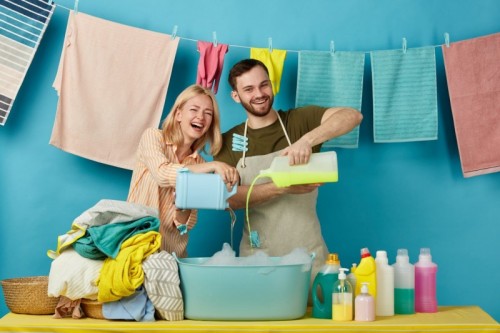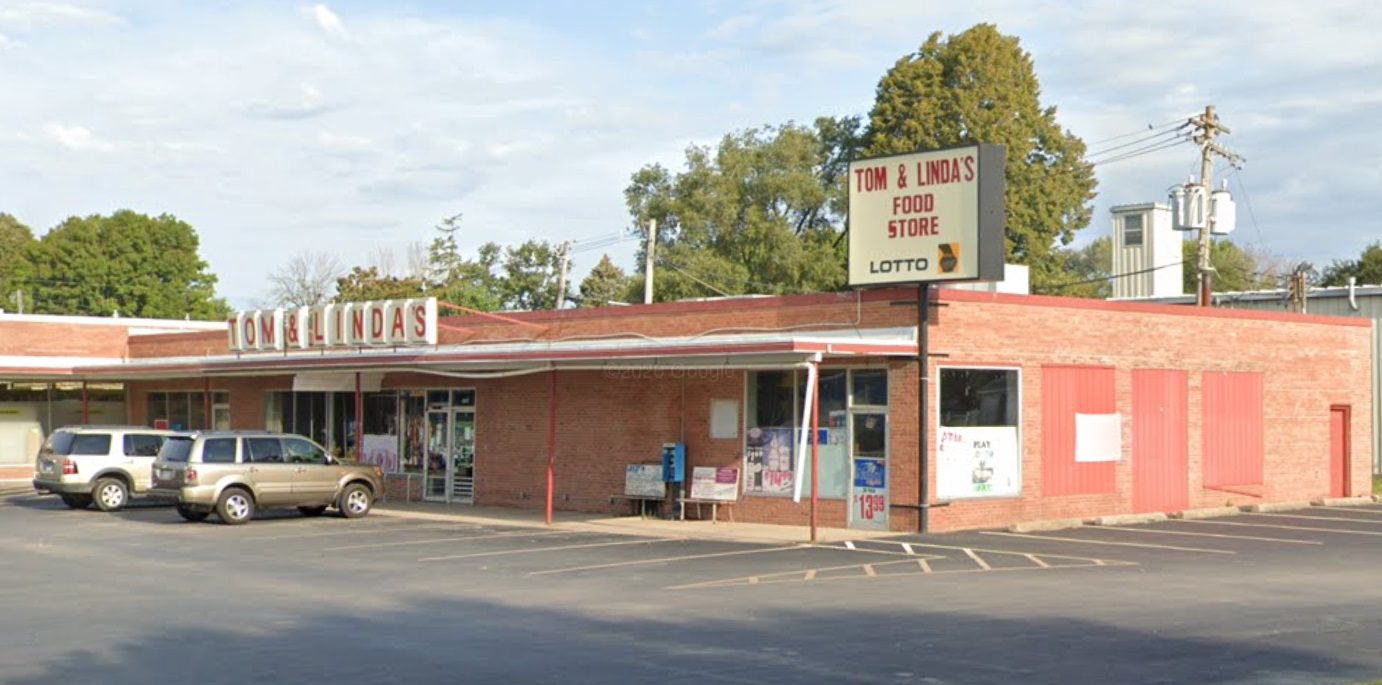Most of us are keeping homes, apartments or condos a little cleaner these days to prevent spreading COVID-19, but more cleaning does not always result in smart practices. In fact, a study by the Center for Disease Control and Prevention (CDC) found that 1 in 3 people are misusing cleaning products.
More than a third of participants reported that during the pandemic, they had engaged in unsafe cleaning practices they didn’t realize were unsafe, such as using bleach to sanitize fruits and vegetables, applying disinfectant cleaners directly to bare skin, and even inhaling or ingesting household cleaners.
Pam Toppel, regional manager of environmental services for OSF HealthCare says results of the study are alarming. She reminds people, when using household cleaners and disinfectants, it is important to strictly follow label instructions because chemicals can be dangerous and harmful to your health. If you can’t read the label on an old container, consult the EPA website which lists all disinfectants.
“We have to remember that disinfectants are registered and classified as pesticides so if you keep that in mind, we would never want to ingest pesticides or mist ourselves with pesticides,” Toppel explained.
COVID-19 is thought to spread mainly through close contact from person to person, including between people who are physically near each other (within about 6 feet). People who are infected but do not show symptoms can also spread the virus to others. It is possible that a person could get COVID-19 by touching a surface or object that has the virus on it and then touching their own mouth, nose, or eyes.
The CDC found 10% of the 500 adults surveyed reported misting their bodies with a cleaner or disinfectant spray — a dangerous practice according to Toppel.
“You have to be very careful because a disinfectant, when you put it into the air it aerosolizes and by misting it onto your body you actually inhale and it turn it ends up in your lungs.”
Nineteen percent of survey respondents admitted applying bleach to food items to sanitize them, which is a high-risk practice. Toppel advises simply rinsing produce thoroughly with water and wiping off cans with a clean rag soaked in hot water or soapy dishwater. She said you do not need to wipe down boxes of food or packages received in the mail.
The survey responses were recorded in the early months of the pandemic, and might not reflect ongoing shifts in public opinion or cleaning and disinfecting practices as COVID-19 information has evolved. But, Toppel says many people still believe if a little is good, then more is better or that mixing products can enhance their effect.
Mixing Products Can Be Deadly Mistake
In fact, Toppel says the results can be fatal. She almost lost a friend who mixed cleaning products.
“I have had a close friend mix chemicals because she thought it would be stronger for what she was doing and that it would smell nicer. Well, actually it caused that odorless vapor and when she was found she was very close to the end of life and they were able to bring her back,” Toppel shared. “She now has damage; both neurological and respiratory.”
There are several products being marketed that use ultraviolet light to sanitize surfaces. Toppel says UV light can serve as a supplement, but it shouldn’t replace cleaning and disinfecting.
She advised, “While you might think you’re getting all the pathogens or all the bacteria or all the viruses within your setting, you really don’t because it shadows. That’s why it’s important to do your cleaning and disinfecting prior to using a UV device.”
Toppel advises always begin your cleaning and disinfecting by starting high to low and cleanest to dirtiest to avoid cross-contamination, and wash your hands frequently, especially after using any household products to prevent COVID-19 transmission.
According to the CDC survey, 23% responded that only room temperature water should be used to dilute bleach solutions, 35% knew bleach should not be mixed with vinegar, and 58% reported bleach should not be mixed with ammonia. Toppel says most people just don’t know how to dilute concentrated chemicals so if possible, she recommends avoiding buying them in that form.
“Ready-to-use is probably the easiest and probably the most convenient way not to get into those situations where you think you need to mix things,” she advised.
Here is a complete guide for cleaning and disinfecting spaces from the CDC.
***Report Courtesy of OSF HealthCare***

















